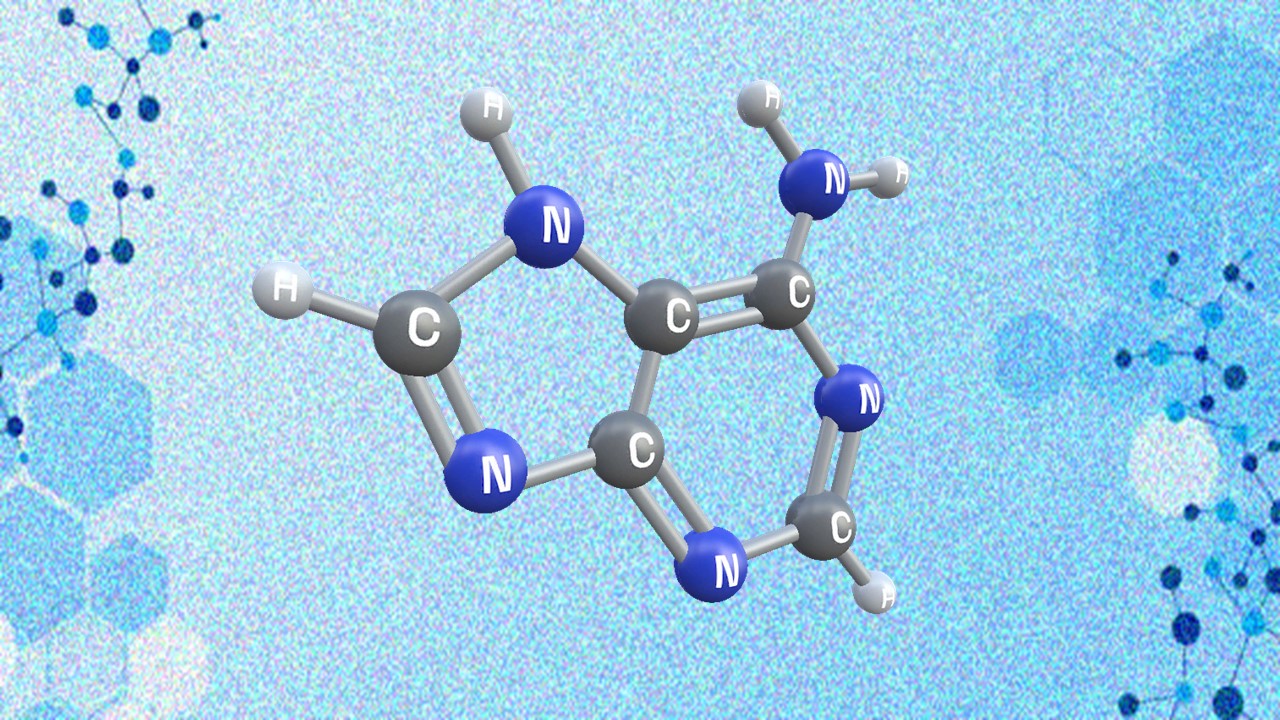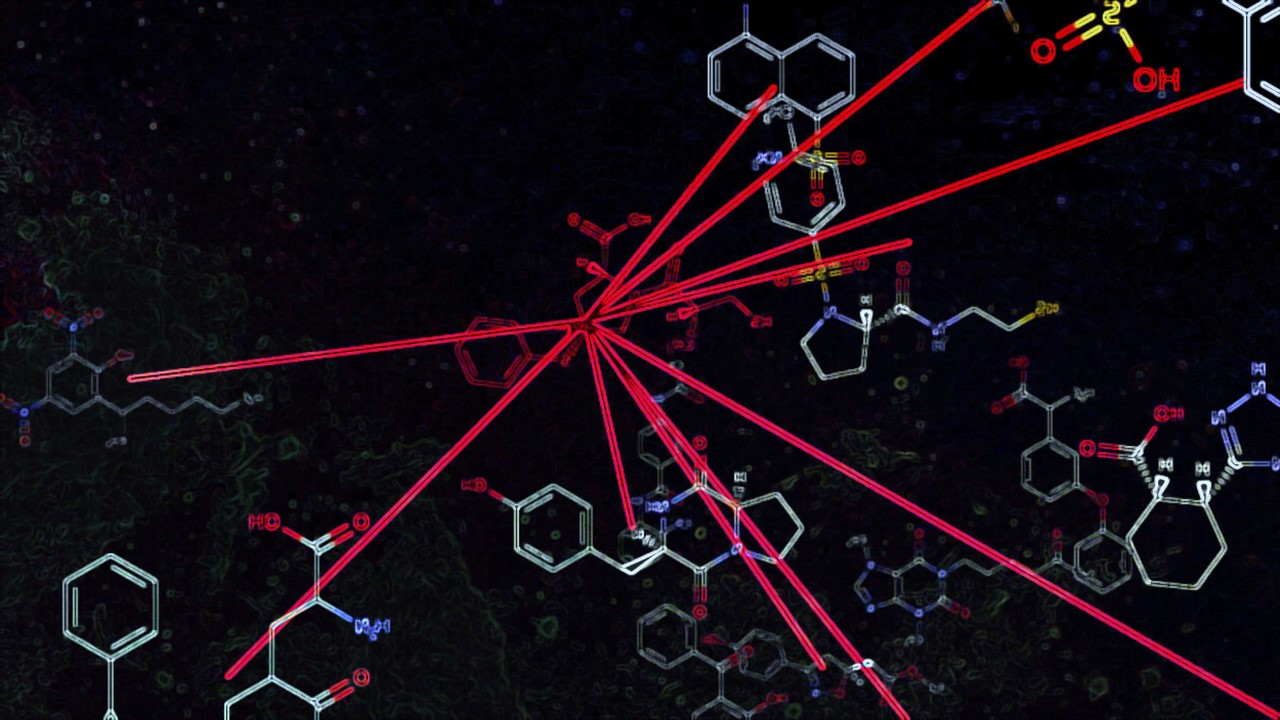Macrocycles are an exciting area of chemistry; being molecules containing rings of twelve or more atoms, they comfortably straddle the chemical space between traditional small-molecules and novel biologics. The majority of macrocycles currently in use for pharmaceutical applications are derived from natural products, with further progress needed to accelerate true synthetic drug discovery programs for macrocycles. However, the endeavor is worth it: macrocyclic compounds promise to combine the advantages of small-molecule therapeutics with an expanded chemical space, but with more flexibility regarding traditional drug-like qualities, such as low size and weight.
New Challenges for Small Molecules
Small molecules have traditionally flourished in targeting enzyme-substrate and receptor-ligand interactions, but the druggable space involving these interactions has its limitations. Protein-protein interactions (PPI) have been rising in prominence in recent years, promising to unlock vast swathes of previously undruggable targets – ones that may not have the typical surface binding sites exploited by natural small molecules. Macrocycles, in view of their larger size, are expected to be more successful effectors for PPIs. Examples of this can be found across numerous areas, such as HIV-1 protease inhibitors, with macrocyclic molecules displaying greater affinities than acyclic counterparts. Artificial macrocycles have also exhibited great activity in inhibiting p53-MDM2 interactions; as MDM2 inhibits the activity of p53, a tumor suppressing gene, the pathway is of great interest in oncological indications.
These results mirror the approach taken so far by the research community – with synthetic macrocycles often being analogues of acyclical molecules. Macrocyclization has been shown to improve biological properties and specificity, and therefore often lead to improved safety profiles and more limited off-site effects. Recently approved macrocyclic drugs confirm these expectations. Lorlatinib, developed by Pfizer, is an oral macrocycle that inhibits the ALK and ROS enzymes, which has shown great potency against ALK mutants, particularly in non-small cell lung cancer. In addition, the drug has shown very high bioavailability and ability to cross the blood-brain barrier, offering promise for treating intracranial metastases in refractory or progressive cases of cancer.
Glecaprevir, developed and marketed by AbbVie in a co-formulation with pibrentasvir, is another protease inhibitor which has received approval for the treatment of chronic Hepatitis C virus infection. The drug combination not only indicated higher potency than standard of care treatments, but it also demonstrated lower rates of antiviral resistance. The co-formulation is now one of the three standard Direct-Acting Antiviral treatments for Hepatitis C recommended by the World Health Organization, highlighting the potential for macrocyclic-guided drug discovery efforts.
Future Directions in Development
The rising numbers of FDA approvals and commercialization seen for macrocyclic drugs is indicative of their potential, and the use of current chemical methods for large scale production. However, in addition to relatively low yields – depending on the reaction used, implementing macrocycles into the framework of Structural Activity Relationships (SAR) to predict biological activity can still be very challenging. Exploring reactions that can further diversify or add function to cyclic scaffolds during preclinical development can drastically improve outcomes for drug discovery in this space, and is one area for rapid innovation.
Currently, the chemical space for macrocycles right now is focused on polyketides, protease inhibitors, cyclic peptides and kinase inhibitors. Efforts have been made to further characterize the chemical space, particularly for the development of non-oral compounds. Detailed work still needs to be done in associating the properties of macrocycles with biochemical function – such as passive membrane permeability, in empirical quantitative structure–property relationship (QSPR) studies. Small molecule structure-based drug design is one of the most mainstream models for identifying novel therapeutic candidates – and great potential lies in translating the principles that guide it to applications for macrocyclic compounds. This will enable further macrocyclic candidates to arise, ones not simply derived from acyclic analogues or natural products – enabling new targets, molecular novelty, and expanding the range of clinical needs which can be addressed.
Subscribe
to get our
LATEST NEWS
Related Posts

Medicinal Chemistry & Pharmacology
Synthetic Chemistry’s Potential in Deciphering Antimicrobial Peptides
The saga of antimicrobial peptides unfolds as a testament to scientific ingenuity and therapeutic resilience.

Medicinal Chemistry & Pharmacology
Appreciating the Therapeutic Versatility of the Adenine Scaffold: From Biological Signaling to Disease Treatment
Researchers are utilizing adenine analogs to create potent inhibitors and agonists, targeting vital cellular pathways from cancer to infectious diseases.

Medicinal Chemistry & Pharmacology
The Potential of Benzazepine Derivatives: A Novel Eco-Friendly Synthesis Approach
Benzazepine derivatives, notable seven-membered heterocycles, have gained pharmaceutical interest for their diverse bioactive properties.

Medicinal Chemistry & Pharmacology
Bioavailability and Bioequivalence: The Makings of Similar and “Close Enough” Drug Formulations
Scientists are striving to understand bioavailability complexities to ensure the equivalence of drug formulations from different manufacturers, crucial for clinical effectiveness.










